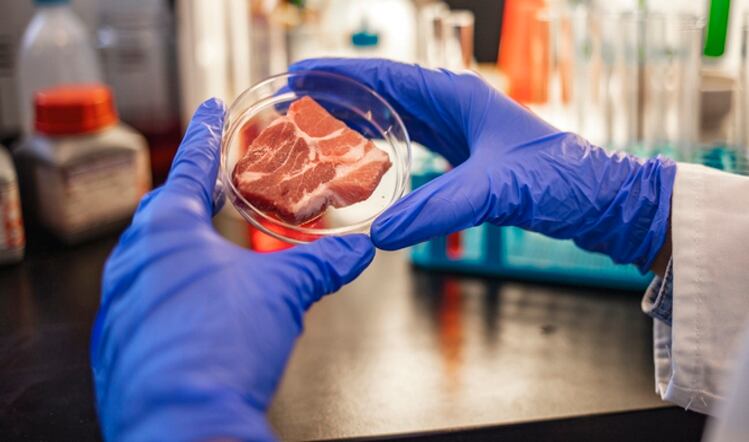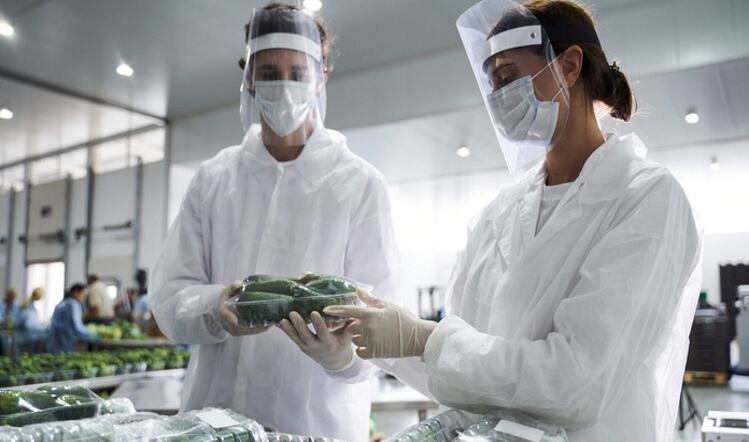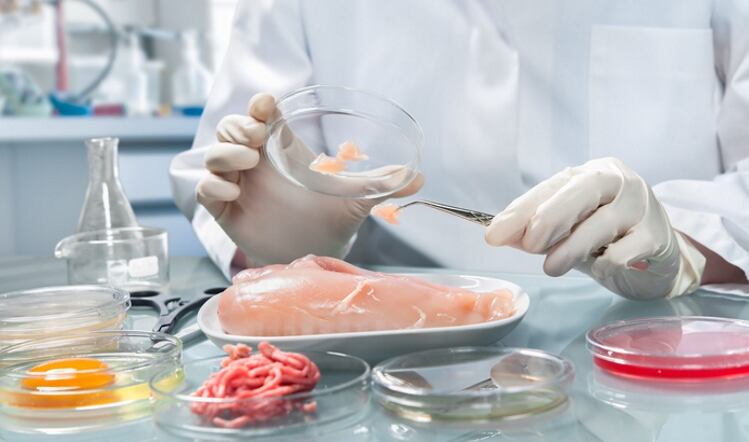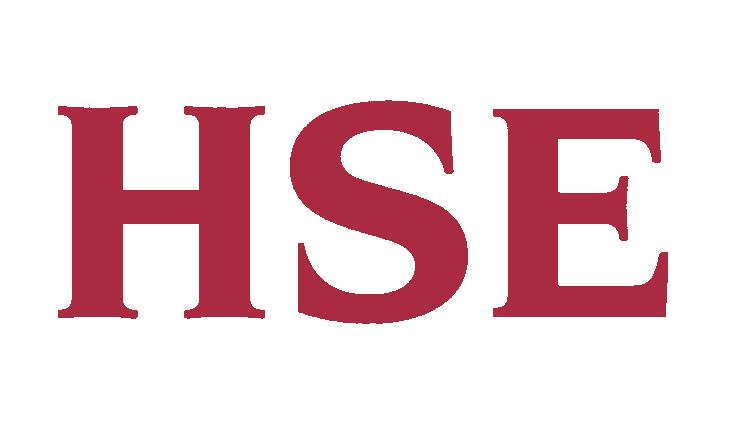The pandemic has brought with it a whole host of new procedures and protocols to protect the health of workers and minimise the spread of the virus.
Food manufacturers have been unanimous in insisting those two objectives are imperative to their operations. However, the nature of the industry dictates that their businesses are equally geared towards maintaining the efficacy of their raison d'être – the product itself.
Audits
Although food safety is very much a business-as-usual concern for industry operators, audits represent one aspect of the status quo disrupted by the pandemic, with manufacturers either deferring them or holding them virtually.
“The expectation is that virtual audits are here for the foreseeable future, until there is substantial reopening and easing of social distancing requirements,” says Paul Morrison, portfolio director for food end markets and microbiology at PerkinElmer.
For many food producers such as meat and poultry processors, in-plant inspections by regulatory agencies have gone on during the pandemic, Morrison adds.
“The expectation is that as COVID-19 recedes, the deferred and virtual audits will return to a pre-pandemic state. The question is when.”

‘Muscle memory’
As he points out, food processors must ensure they are maintaining and adhering to their food safety plans despite the challenges and impediments created by COVID-19, since the microbiology and chemical risks associated with foods production remain the same.
This point is echoed by Paul Anderson, managing director of UV-Safe, who also acknowledges that some operators are having to fulfil their food safety obligations with a significantly reduced technical workforce due to the pandemic.
“Food safety culture is making what we do every day the accepted norm and food safety is almost a muscle memory activity [despite in some cases] a significantly reduced technical workforce due to the pandemic,” he says.
To emphasise that food safety never sleeps, Anderson points out that his company has seen a fourfold increase in demand for its UV air purification and UV surface biosafety systems since the COVID-19 pandemic began.
Food safety challenges
Despite the vigilance of the industry, challenges in food safety are many and varied. For example, Morrison of PerkinElmer highlights campylobacter as a ‘persistent threat for the poultry industry’.
“Despite improvements in sanitation, intervention treatments, and testing, incidence of campylobacteriosis remains stubbornly high,” he adds.
Similarly, salmonella has proved a thorn in the side for public health agencies over the last two years, with cases leading to repeated warnings by the Food Standards Agency (FSA), Food Standards Scotland (FSS), Public Health England (PHE) and Public Health Wales.
The authorities have traced the problem to two ongoing outbreaks of salmonella enteritidis in frozen raw breaded chicken from Poland, leading to several product recalls by suppliers and retailers.
According to Dr Colin Sullivan, chief operating officer of the FSA, the producer in question put additional controls in place to improve the safety of their products in November 2020. Investigations continue into the identity of the source of the outbreaks at farm level in Poland.
Saheer Gharbia, head of the gastrointestinal pathogens unit of PHE's National Infection Service, says in the organisation’s latest statement: “While we appear to be past the peak of this outbreak, and case reporting rate has decreased in recent months, we are still detecting some cases through whole genome sequencing. We continue to work closely with the Food Standards Agency to resolve the outbreak.”

Allergens
Also occupying a prominent place on the FSA’s radar are allergens, with changes in legislation on food labelling afoot.
From 1 October 2021, the requirements for pre-packed for direct sale (PPDS) food labelling will change in Wales, England, and Northern Ireland. Any business that produces PPDS food will be required to label it with the name of the food and a full ingredients list, with allergenic ingredients emphasised within the list.
The legislation is dubbed ‘Natasha’s Law’ after Natasha Ednan-Laperouse, who suffered fatal anaphylaxis after eating a baguette bought from a Pret a Manger baguette at Heathrow Airport in 2016.
“These changes will help protect food hypersensitive consumers by providing potentially life-saving allergen information on the packaging,” an FSA spokesperson said.
According to Jessica Sage, consultant for food safety and quality at Reading Scientific Services Ltd (RSSL), it is key for food businesses to assess whether the change will impact them or not.
“Whether or not the food counts as PPDS is primarily dictated by the point at which the food is packed,” she explains.
“PPDS foods are foods that are packed on the same premises from which they are sold and packed before a consumer chooses them. This is not the same as pre-packed food, where the products are made and packed on one site and then sold from another.”

Impact
As Sage observes, a large proportion of food manufacturers make pre-packed food only, and so won’t be directly impacted by the change.
However, some producers have on-site retail outlets, such as farm shops, selling products that could fall under the regulations.
Kate Thompson, director of the Chartered Institute of Environmental Health (CIEH) Wales, suggests businesses should use the toolkit and resources produced by the FSA to help operators establish whether the new rules apply to them.
“Having established that the new requirements will apply, a key question for businesses is whether they wish to continue to produce food that is PPDS,” says Thompson.
“I suspect some, particularly small, businesses that, for example, supply a few sandwiches incidental to their main business will simply decide that complying with the new requirements is going to be too onerous and change their business model.”
The major role for food manufacturers in compliance with Natasha’s Law will be providing much-needed support to the PPDS businesses they supply, says Thompson.
“Businesses will need to work with all their suppliers to understand how they capture ingredient and allergen data, and most importantly how this will be passed on,” she explains. “What verification checks and processes do suppliers have in place? How do they pick up discrepancies?”
Precautionary labelling
Aside from PPDS and the new legislation, a food manufacturing safety measure drawing increasing attention is precautionary allergen labelling (PAL).
PAL represents a voluntary statement indicating that a regulated allergen could be unintentionally present in a product, posing a risk to consumers with food hypersensitivity. The warning is communicated using several different phrases, the most common being ‘may contain’.
“I think as an industry we aren’t in a great place with precautionary allergen labelling, which in the main is because it has historically been overused and to an extent is still being overused,” says RSSL’s Sage.
“I don’t think that this overuse has come from unwillingness to manage allergens,” she adds. “I think businesses have been incredibly risk averse and have seen the presence of allergens anywhere on-site as a risk, meaning they have felt obligated to highlight this to the consumer to protect them.”
The FSA, however, is clear on the subject. “PAL should only be provided if a real risk of allergen cross-contamination has been identified, following a thorough risk assessment, that cannot be removed through risk management actions, such as segregation and cleaning,” a spokesperson for the agency says.
“The use of PAL is not a substitute for good food hygiene and safety practices and could be considered misleading food information if it does not convey a real risk to the consumer.”

Risk
According to Sage, the key to PAL is that there should be a demonstrable risk evidenced from the output of the risk assessment process. This, she says, is what has sometimes been missing in the past – and is still missing in some cases, risking the trust or vigilance of the consumer.
“Ensuring the safety of food hypersensitive consumers while not reducing consumer choice is a real challenge for the food industry,” admits Thompson of CIEH Wales.
However, perhaps some clarity is imminent. Issues surrounding PAL were discussed during the FSA’s Food Hypersensitivity Symposium in March at a dedicated workshop.
“Insights gained from this event will feed into a formal stakeholder consultation planned in 2021/2022 that should enable us to get a steer from stakeholders on the most effective interventions to address issues with PAL use and the FSA’s role, in collaboration with industry, in addressing them,” the FSA spokesperson tells Food Manufacture.
The organisation has also commissioned studies to better understand how food businesses carry out risk assessments and their motivation for using PAL, as well as consumer attitudes towards precautionary statements.
Whether consultation and studies result in further regulation remains to be seen. Whatever the case, from pathogens to allergens, food safety practitioners continue to face established and emerging threats, so can’t afford to sleep on the job.




